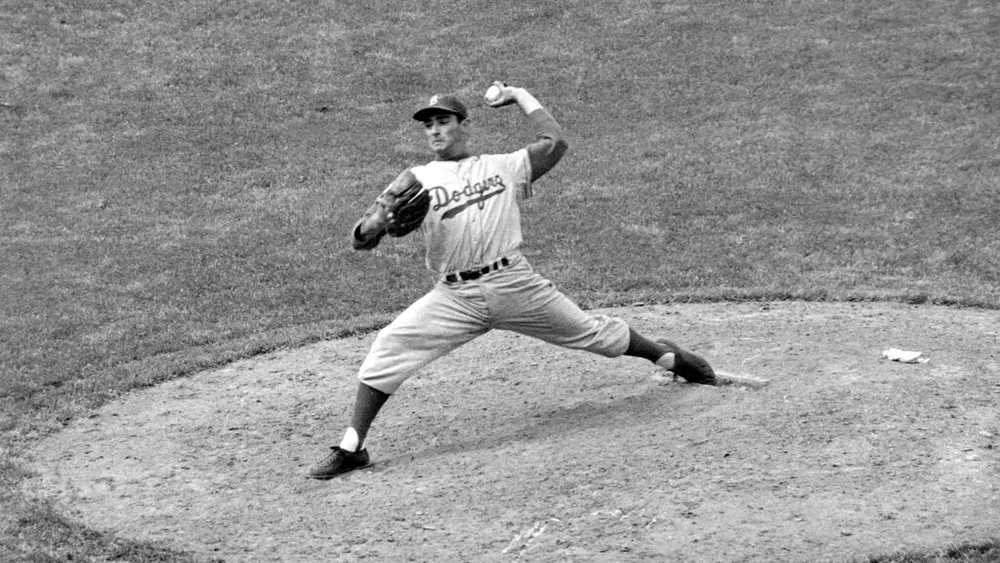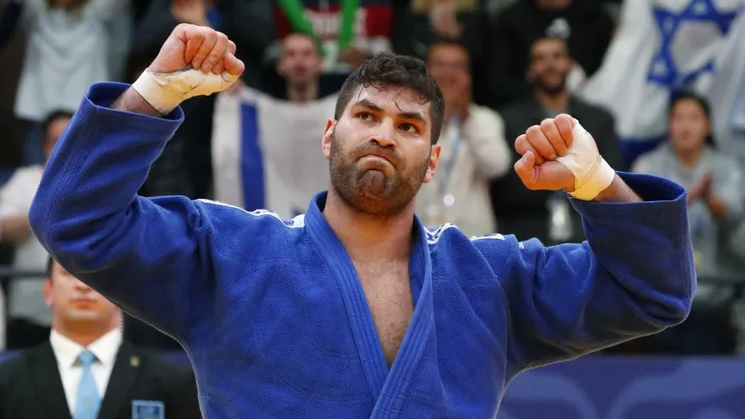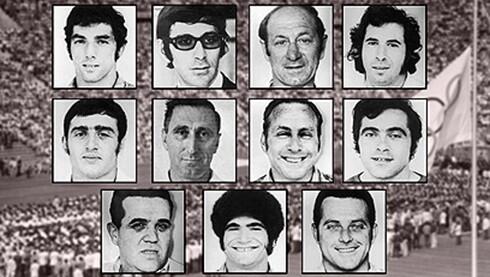The first Jewish Sports Museum in the world, located in the central city of Ramat Gan, is now open to visitors.
The museum outside of Tel Aviv tells the story of more than 130 years of Jewish sports.
3 View gallery


Brooklyn Dodgers southpaw Sandy Koufax pitches against the Chicago Cubs in the eighth inning of a baseball game, May 16, 1957, in Chicago, Illinois, United States
(Photo: AP Photo/Harry Hall, File)
More than 1,000 original and rare items are on display in the over 16,000 square-foot museum, along with a movie showing the great achievements of Jewish and Israeli athletes.
Jews may not have left their mark on sports the way they did, say, in the Nobel Prize, but the list of Jewish sports legends is longer than just one page, as the museum demonstrates:
-- From Daniel Mendoza in the 18th century, widely regarded as the father of scientific boxing;
-- to Sandy Koufax, the baseball legend who sat out the first game of the 1965 World Series because it fell on Yom Kippur, the Day of Atonement;
-- to Mark Spitz, the swimmer whose seven record-breaking gold medals should have been the reason the 1972 Munich Olympic Games are remembered.
That’s just some of the non-Israelis.
Add Israeli sports achievers, like:
-- Judoka Yael Arad, the first Israeli to win an Olympic medal;
-- or soccer player Yossi Benayoun, who played for some of England’s top clubs;
-- or tennis players Jonathan Erlich and Andy Ram, who won the 2008 Australian Open men’s doubles tournament, to the list, and the list gets even longer.
3 View gallery


Ori Sasson of Israel reacts during their men's plus 100 kg weight category final match at the Tel Aviv Grand Prix 2019 in the Israeli coastal city of Tel Aviv on January 26, 2019
(Photo: JACK GUEZ / AFP)
“Usually we think about the Israeli results, but before Israel was established, we already had great results of great Jewish athletes from all over the world,” says Ori Sasson who won a Judo bronze medal at the 2016 Olympics. “I think we can be proud.”
The museum has six stations.
The Vision deals with the vision behind Jewish sports in the beginning.
The Wondering Nation focuses on the period from the end of the 19th century to the beginning of World War II. It includes exhibits on the first Jewish sports clubs in Europe and the Land of Israel, and also highlights the dilemmas of Jewish athletes regarding whether to participate in the 1936 Olympic Games held in Nazi Germany.
The Holocaust chapter tells the story of Jewish athletes in the Holocaust, some of them, like Fredy Hirsch, an educator and athlete, were murdered. Others survived, like journalist Noah Klieger thanks to being one of the “pet boxers” at the Auschwitz extermination camp.
Tkuma (Revival) deals with the establishment of Israel and the revival of Jewish sports in Europe and especially in South America.
Overcoming follows on from the trauma of the 1972 Munich Olympics and the murder of the 11 Israeli athletes.
3 View gallery


The 11 Israeli athletes massacred by Palestinian terrorists at the 1972 Olympic Games in Munich
(Photo: Getty Images)
A Healthy Mind in a Healthy Body highlights great Jewish athletes of recent decades.
The museum hopes that some of the children who visit with their parents, or as part of delegations, may be inspired to become athletes themselves.
It’s a hope shared by Olympic Bronze Medalist Sasson.
“The museum is an inspirational place. It’s important for the culture and for the young generation. I’m sure that every child who comes here and watches the movie and sees this beautiful museum will be inspired and believe that their dream can come true.”
The museum currently covers a single hall. Some of those featured on its wall believe it will become much bigger in the future.
“I’m already recommending building another floor,” says Aleksandr Averbukh, an Israeli pole-vaulter who won the 2002 and 2006 European Championship.
“Sports here is flourishing. No one thought Israel would have two Olympic gold medals, and in new disciplines, sports that Israel never won medals in.”

